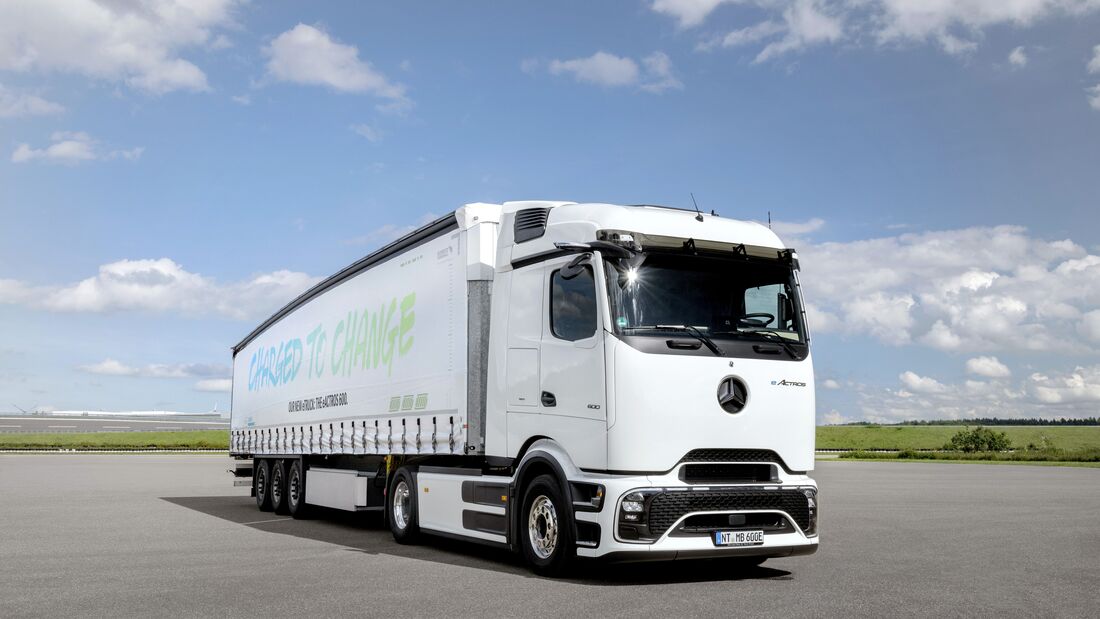The world of combustion engines has been around for a few decades now - and in terms of the tried-and-tested long-haul trucks of the major European brands, it has now settled into a clear corridor. Six-cylinder in-line turbodiesels are the engine of choice, with only Scania still breaking away with a V8.
The engine capacities range somewhere between eleven liters for the “economy models”, 13 liters for the high-volume models and 16 liters for the most powerful variants.
Surprisingly, the battery-electric tractor units are quite different. A wide variety of concepts collide here - central drives and electric axles, for example, and configurations with a powerful electric motor or even three electric motors.
DAF Trucks, MAN, Scania, Volvo Trucks and Renault Trucks all rely on conventional central drive configurations in their current vehicles. In this layout, the engine and transmission units transmit their power to the rear axle in the traditional way via a cardan shaft. In some cases one electric motor is used, in others three. Depending on the model, the gearboxes shift through two to six gears. The battery packs, in turn, are mainly mounted on the sides of the ladder frame.
The advantages: With drive units of this type, many identical parts to the diesel models can be used, for example rear axles or even gearboxes. This also has a positive effect on production management. In addition, a high payload remains for the rear axle. On the negative side, efficiency suffers in comparison to the e-axle layout and the central drive takes up more space, which is no longer available for additional battery packs.
For these reasons, Iveco and Mercedes-Benz Trucks clearly rely on the e-axle, which enables them to realize the largest batteries in the field (in terms of the decisive usable capacity) and the longest ranges. With fully loaded trailers in tow, they can easily cover 500 kilometers in this way - without a break for charging. With this in mind, Volvo Trucks will also soon be producing long-haul trucks with electric axles. The long-range version of the FH Electric announced for 2025 will move away from the central drive and, according to the manufacturer, have a range of up to 600 kilometers.
Apart from the drive concept, there is also the question of the cell chemistry of the batteries. Nickel-manganese-cobalt (NMC) energy storage systems still dominate the market. However, lithium iron phosphate (LFP) packs are also being used, for example in vehicles from DAF Trucks and Mercedes-Benz Trucks.
LFP technology does not yet have the power concentration of its NMC competitors, but it is particularly durable, can withstand ultra-fast charging processes better and is safer because it does not catch fire as quickly as conventional nickel-manganese-cobalt batteries. What's more, LFP batteries are cobalt-free. They also allow over 95 percent of the installed capacity to be used, whereas conventional NMC packs require a larger buffer. As a result, there is a trend towards LFP.






